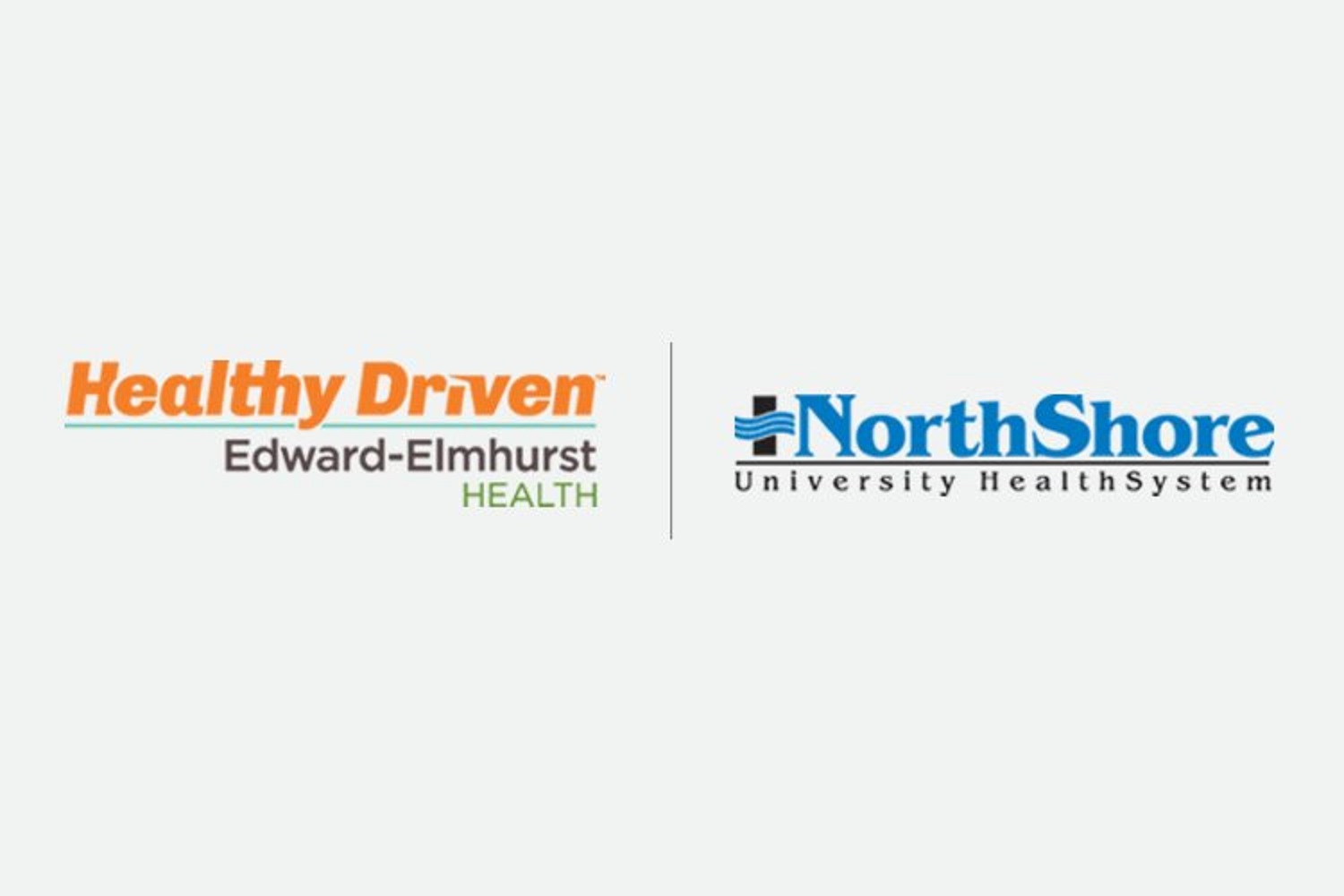
NorthShore – Edward-Elmhurst Health is using AI and NLP to tackle social determinants of health (SDOH) in their emergency department. By fine-tuning a general NLP model, they can identify patients with unmet SDOH needs and provide appropriate interventions. The tool is explainable and incorporates human input, fostering trust and collaboration. The approach has led to improved targeting of patients with addressable needs. NorthShore plans to expand the tool’s use to primary care settings for population-level SDOH analytics and interventions.
NorthShore – Edward-Elmhurst Health is utilizing artificial intelligence (AI) and natural language processing (NLP) in their emergency department to address social determinants of health (SDOH) and promote health equity. Identifying and addressing SDOH is crucial for achieving equitable healthcare, but it remains a challenge for many healthcare organizations to capture patients’ SDOH needs and develop interventions in clinical settings.
SDOH are the conditions in the environments where people live, work, learn, and age that impacts their health outcomes. These include factors such as education, housing, food security, crime, transportation access, and social isolation. Additionally, other considerations like climate change, adverse childhood experiences, and political determinants of health are gaining prominence in discussions about SDOH and health equity.
To tackle these disparities and advance equity, healthcare systems need effective strategies that leverage data analytics. NorthShore – Edward-Elmhurst Health employs a combination of strategies, but one unique aspect of their approach is the use of AI and NLP to identify SDOH needs in the emergency department.
Dr. Nirav S. Shah, the medical director of quality innovation and clinical practice analytics at NorthShore – Edward-Elmhurst Health, explained that the emergency department often deals with patients who face social barriers preventing them from accessing primary or urgent care. In addition to their primary responsibilities, emergency departments are increasingly tasked with addressing these additional care needs related to SDOH.
To address these challenges, NorthShore – Edward-Elmhurst Health utilizes AI capabilities to support the emergency department and social workers. Previously, if an emergency department nurse identified a potential SDOH issue, it would be documented and forwarded to the social workers for follow-up. However, the existing predictive algorithms and tools were not specifically designed for SDOH identification, potentially leading to missed gaps and suboptimal patient outcomes.
To overcome this limitation, NorthShore – Edward-Elmhurst Health partnered with software company Linguamatics to develop a rule-based NLP tool specifically tailored to identify SDOH. The tool uses named entity recognition (NER) to detect and categorize key subjects in clinical text.
The health system created a gold-standard dataset to fine-tune the algorithm and make it more accurate for their patient population. The tool successfully pinpoints patients with unmet SDOH needs, alerting the social workers to provide appropriate interventions and resources.
NorthShore – Edward-Elmhurst Health emphasizes the importance of explainable AI and prioritizing human input in its approach. They conducted retrospective and prospective validations to ensure accuracy and reduce potential biases in the model. The insights generated by the tool were verified by human coordinators and social workers, increasing trust in the model and highlighting its role as an assistive technology.
The hospital continuously evaluates the tool’s performance, addresses any issues, and seeks feedback from social workers and data scientists. This collaborative approach fosters understanding and trust among stakeholders and ensures the tool’s ongoing improvement.
By fine-tuning a general model, NorthShore – Edward-Elmhurst Health can tailor SDOH interventions to the specific needs of its patient population. They employ a multi-faceted strategy that includes targeted interventions in areas such as housing, food insecurity, transportation, and domestic violence. The health system also collaborates with local non-governmental organizations (NGOs) and community resources to bridge SDOH gaps.
The insights provided by the NLP tool have helped identify areas, such as domestic violence, that require additional attention. ED social workers play a crucial role in flagging these needs that might go unnoticed during clinical interactions. Their expertise and feedback have been instrumental in refining the SDOH strategy and improving patient outcomes.
NorthShore – Edward-Elmhurst Health has plans to expand the use of the AI tool beyond the emergency department. They aim to deploy it in primary care settings to enhance population-level SDOH analytics and better leverage social needs data. This expansion will empower clinicians and social workers to address SDOH in primary care settings, similar to the approach implemented in the emergency department.
